Building A Combat Air Force For The 21st Century
Military force planners are often accused of preparing for the last war, but the current plan seems more like one to replace old stuff that is getting tired. It is a shrunken version of the plan developed in the early 1990s. What we need is a plan that draws on our experience from recent wars, is informed by current trends in technology and geopolitics, and retains the flexibility we will need to adapt to the inevitable surprises that lurk just beyond the horizon.
It is said that history has a way of repeating itself. That may not be true, but it does often rhyme. When this nation emerged from WW II and entered the nuclear age, bombers dominated the strike/attack mission. Fighters provided air superiority, tactical reconnaissance, close air support and escorted bombers. Perhaps we should explore that model when the time comes to revise our combat air forces modernization plan.
Our experience in Vietnam led force planners to a different model. Our mediocre performance against a 3rd world air force led to a dedicated force of air superiority fighters. The Air Force fielded the F-15 and the Navy the F-14. Losses to surface to air missiles prompted a shift to multi-role fighters for the surface attack mission. The F-4, F-16, F-18 and eventually the F-15E assumed this role. And losses to ground fire during close air support missions spurred development of the A-10. For many years Air Force planners strove for a force with 20 per cent F-15s, 20 percent A-10s and 60% multi role fighters. Bombers played a minor role in planning for conventional wars. The B-52 was useful for disrupting air defenses with its cruise missiles and for carpet bombing exposed troops on the ground, but bombers were largely dedicated to the nuclear deterrence mission, so much so that the B-1 was never used in the first gulf war.
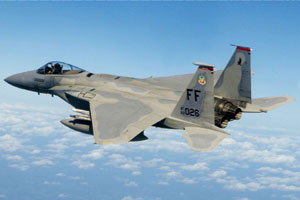


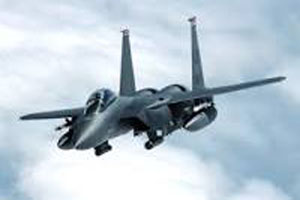
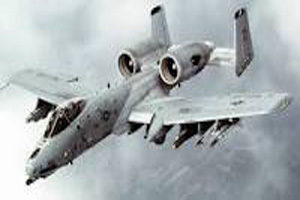
The emergence of low cost precision munitions has transformed the way bombers are employed in combat, but that transformation is not reflected in current force modernization plans. Once thought of as useful for area bombardment or to carry standoff cruise missiles, bombers now contribute in an outsized way to every strike/attack mission from deep interdiction to close air support. There have been three significant operations since the introduction of GPS guided munitions.
During Allied Force in 1999, the B-2 was the only platform certified to deliver GPS guided bombs. During the first eight weeks, six B-2s flew 45 non-stop 30 hour missions from Whiteman AFB in Missouri to Serbia and back. They delivered 656 JDAMs and were credited with 33% of targets destroyed. During Operation Enduring Freedom, eight B-1s and ten B-52s maintained a constant armed presence over Afghanistan, flying missions that lasted from 12 to 15 hours. They delivered 65% of the 17,500 munitions expended while flying just ten percent of the strike sorties. Bombers dropped the vast majority of the 6,500 JDAMs used through December of 2001. The eight committed B-1s dropped 3,900 JDAMs and nearly 40 percent of the total tonnage delivered by coalition air forces.
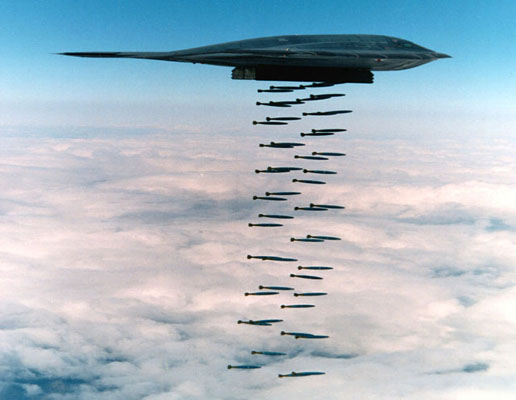
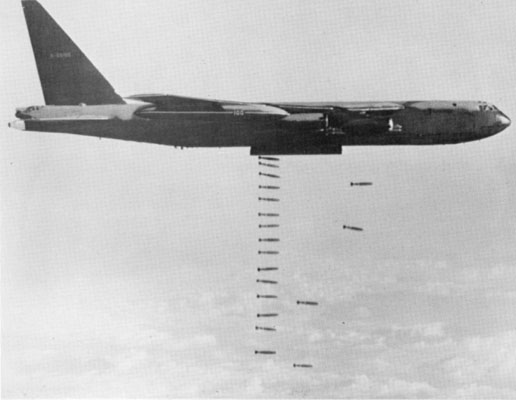
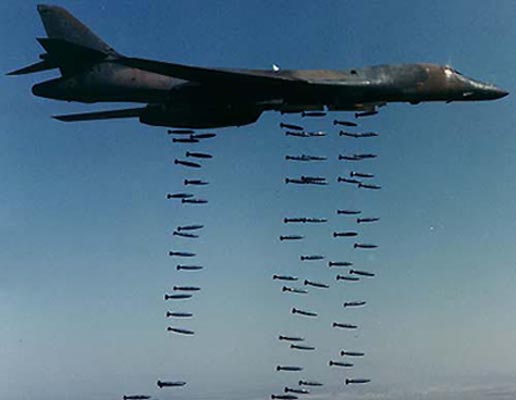
Bombers played a leading role in Iraqi Freedom as well. The B-2 completed its first-ever combat deployment, flying 22 sorties from a forward operating location as well as 27 sorties from Whiteman AFB, Missouri. B-1s flew less than 1 percent of the combat missions while delivering 43 percent of the 6,542 JDAMs expended by coalition forces. The B-1 remains the platform of choice for precision strike missions during current operations against ISIS.
If the recently launched program to build 80-100 advanced bombers (LRS-B) delivers on its promise, bombers will continue to be the operational planners' first choice for the strike/attack mission. A force of 120 LRS-Bs and B-2As should be able to generate 60 or so sorties per day when forward deployed, and could attack 3,000 or so targets. If 60 were reserved for the nuclear deterrence mission, they could still hit 1,500 targets a day. That is probably more than our targeteers could generate. There won't be much work left for those 2,400 F-35s that are in the current plan.
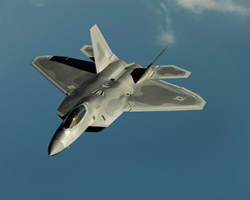
But there will be plenty of work for the 30 year old F-22s that remain active from the current force of 183 aircraft. Gaining and maintaining air superiority has always been job one for the Air Force. Not much else happens until we gain control of the air. Our reliance on air superiority dates to WW II and has grown since. Soon after D-Day General Eisenhower took his newly commissioned son, John, to the beaches at Normandy. The younger Eisenhower was shocked to see the congestion on the beaches as forces moved to the front. "You would never get away with this if you didn't have air supremacy," he observed. General Eisenhower retorted: "If I didn't have air supremacy, I wouldn't be here!"
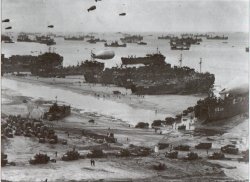
Air superiority will be even more important in future conflicts, but the current plan for combat air forces gives barely a nod to its importance. If we never face a more serious adversary than the Iraqi Air Force proved to be during Desert Storm, the F-35 will do just fine. But if we build a force based on that assumption, we are betting our future on a very risky roll of the dice. Potential adversaries have gone to school on us and they understand, perhaps better than we, how dependent we are on control of the air. They will not allow us to achieve that control unchallenged. We should plan accordingly. That will require an investment in a follow-on to the F-22. Defense planners are already shaping the requirements for that aircraft, among which will likely be the much improved combat radius needed to deal with a proliferation of anti-access/area denial capabilities. Hopefully the President and Congress will have the wisdom to fund such a program.
Finally, our plans for the combat air forces should address the current plan's failure to provide for the close air support mission area. Every strike/attack platform, fighter or bomber, can provide close air support. That is the magic of precision munitions. But true close air support is more than putting ordnance on a set of coordinates. Close air support is about the integration of fires with forces maneuvering on the ground. It requires a certain degree of intimacy between those providing the fires and those doing the close contact fighting on the ground. There are two ways to solve the current plan's shortfall. The best way is to build a follow-on to the A-10 and buy two or three wing's worth. But that requires a substantial investment in an era when defense budgets will be under endless pressure. An adequate way is to dedicate two or three F-35 wings to the CAS mission.
The threat environment is shifting beneath our feet. China is now a major player on the world stage. They have the world's 2nd largest economy and are staking a claim to regional hegemony in the Western Pacific. An aging population threatens a demographic crisis whose consequences cannot be predicted. Russia under Vladimir Putin is reasserting its claim to major power status. It shows no respect for its neighbors' sovereignty and appears to seek a restoration of its former role in the Middle East. Iran remains on the cusp of becoming a nuclear power, lighting the fuse that will almost certainly lead to uncontrollable nuclear proliferation. North Korea, long thought to be on the verge of collapse, remains a threat. And Islamic radicals are fighting with religious zeal to consolidate their hold on, and then expand, the Caliphate they have established in the middle east. This is not the world envisioned when the concrete began to harden around the current plan for modernizing America's combat air forces.
Add your comment:



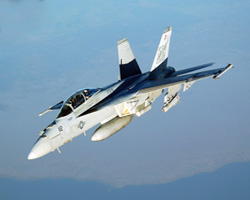
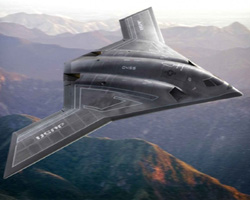
 Don't Drink the Kool-Aid
Don't Drink the Kool-Aid

 Comments: 0
Comments: 0 













